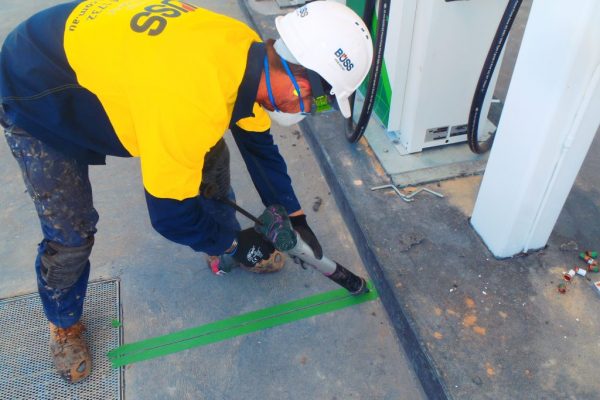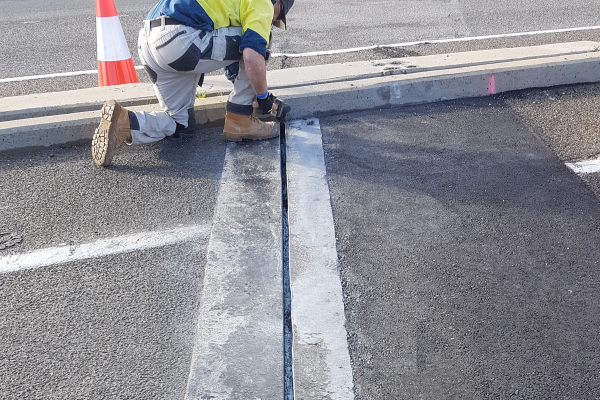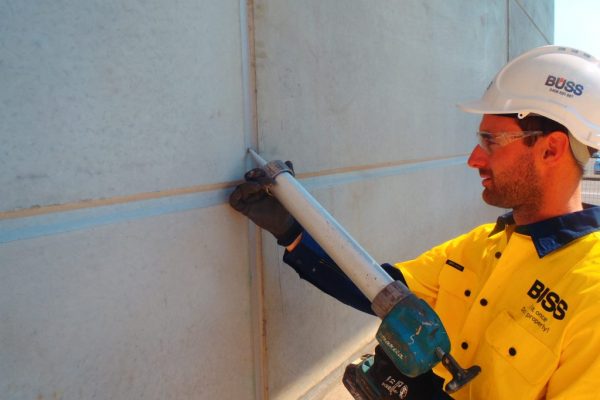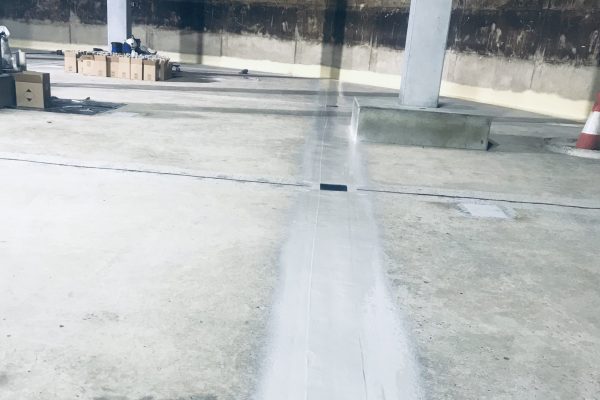
JOINT SEALING
Most concrete structures have joints as part of their design which accommodate movement caused by contraction expansion.
The use of joint sealing to seal expansion joints and construction joints in concrete walls and floors play a vital role in protecting a structure from premature deterioration and interruptions to its service life. The use of concrete joint sealant in a structure helps protect it from moisture damage due to exposure to rain, gravity, wind and surface tension.

EXPANSION JOINTS
A concrete expansion joint is a continuous horizontal or vertical joint used to compensate for the expansion and/or shrinkage that occurs in the construction materials.

ISOLATION JOINTS
Isolation joints are gaps between slabs that is usually filled with preformed joint material for the full depth of the slab. The gap completely isolates a slab from another structural member such as a wall, column or pipe therefore allowing the slab to move without damaging or affecting adjacent structures; for example, if a column settles, it won’t crack the floor slab around it.

FIRE RESISTANT JOINTS
Fire resistant jointing systems are a passive means of fire protection where there is no movement or activation required. This passive system is used to compartmentalise a fire and keep it from spreading for a period of time that’s long enough to allow for occupants of a building to evacuate and allow firefighters to perform initial lifesaving tasks.

CONSTRUCTION JOINTS
Construction joints are the interface between concrete placements and are typically used wherever concrete construction is interrupted. They are designed so that they split areas of a structure into separate concrete sections to facilitate construction.





